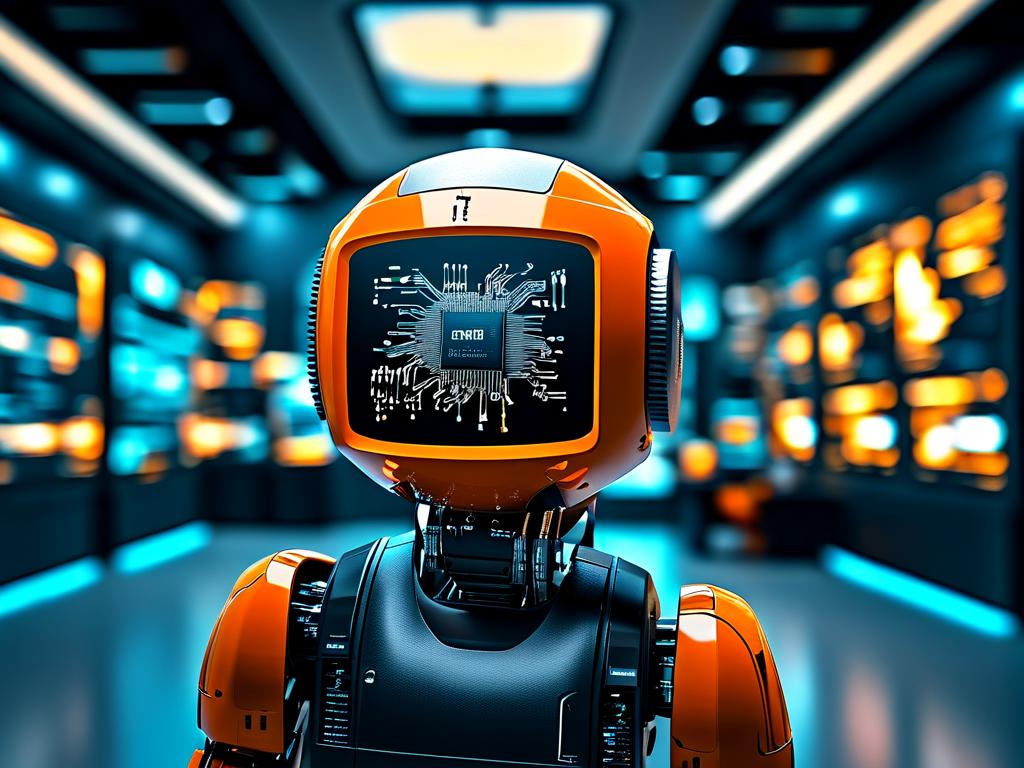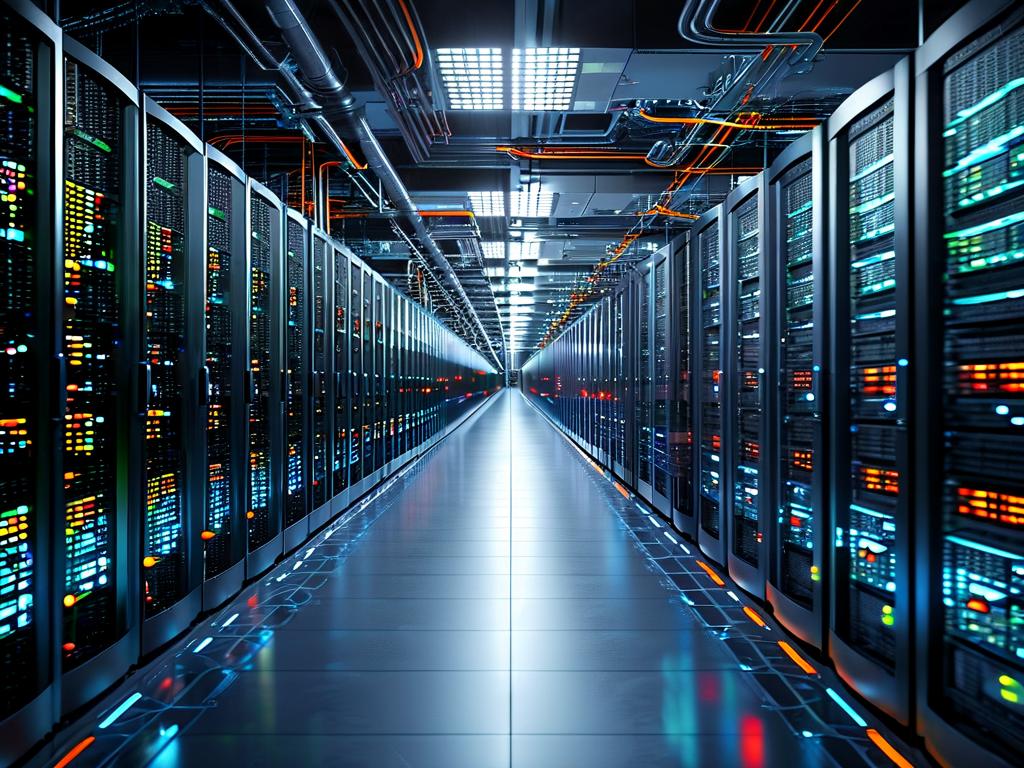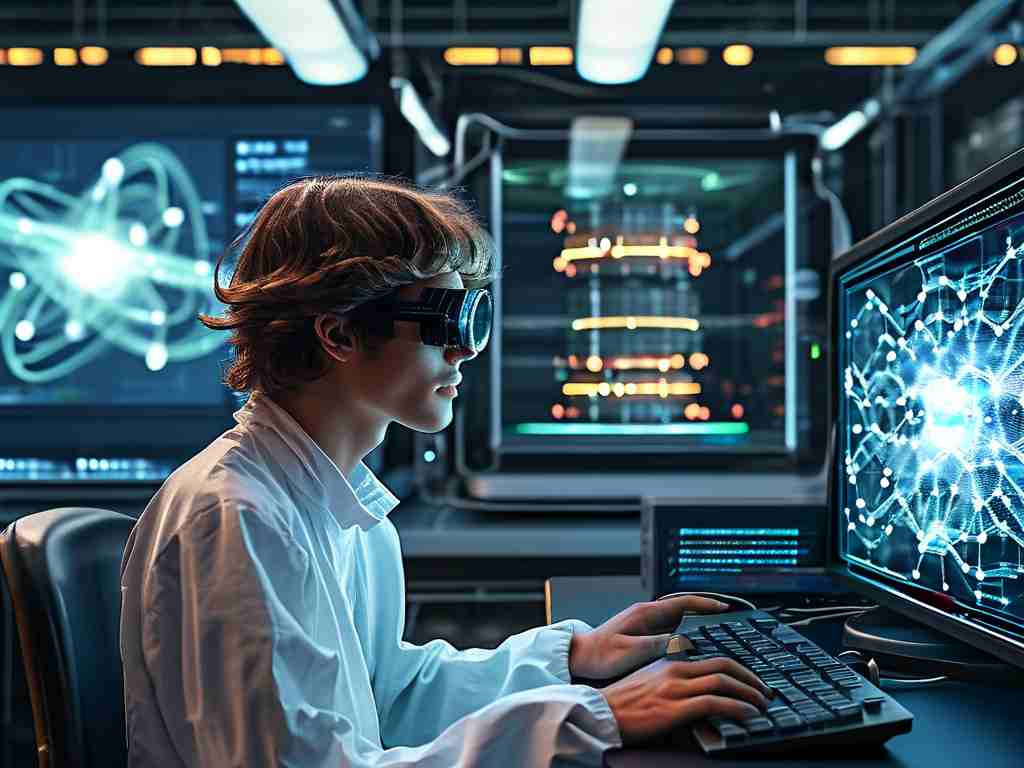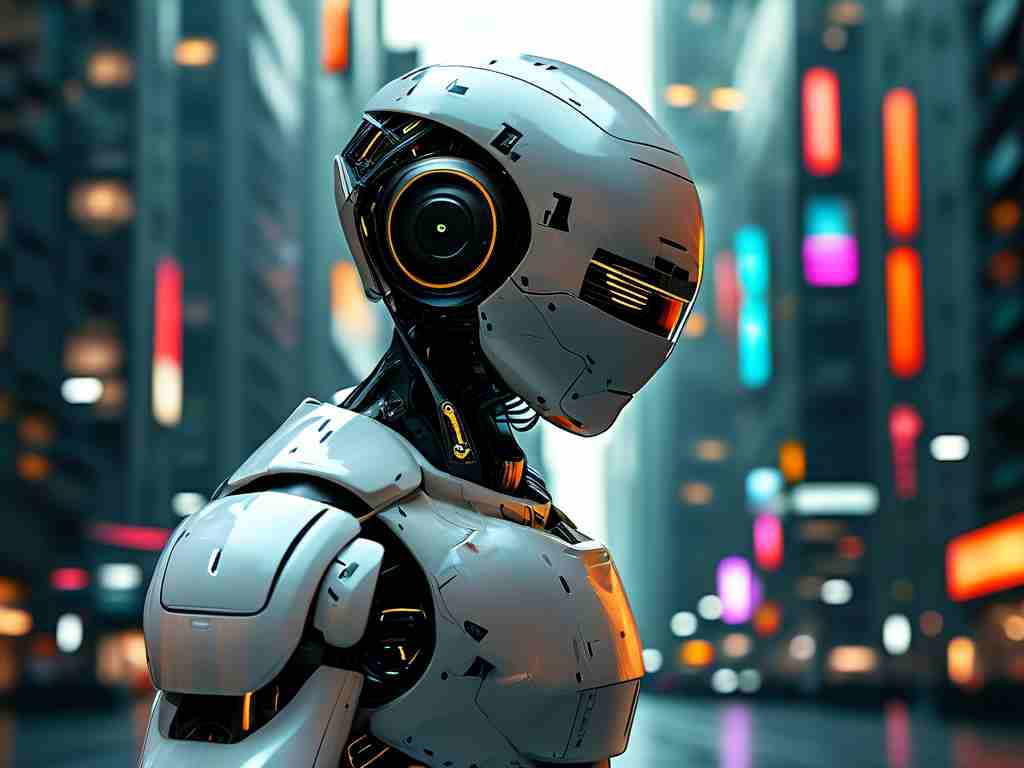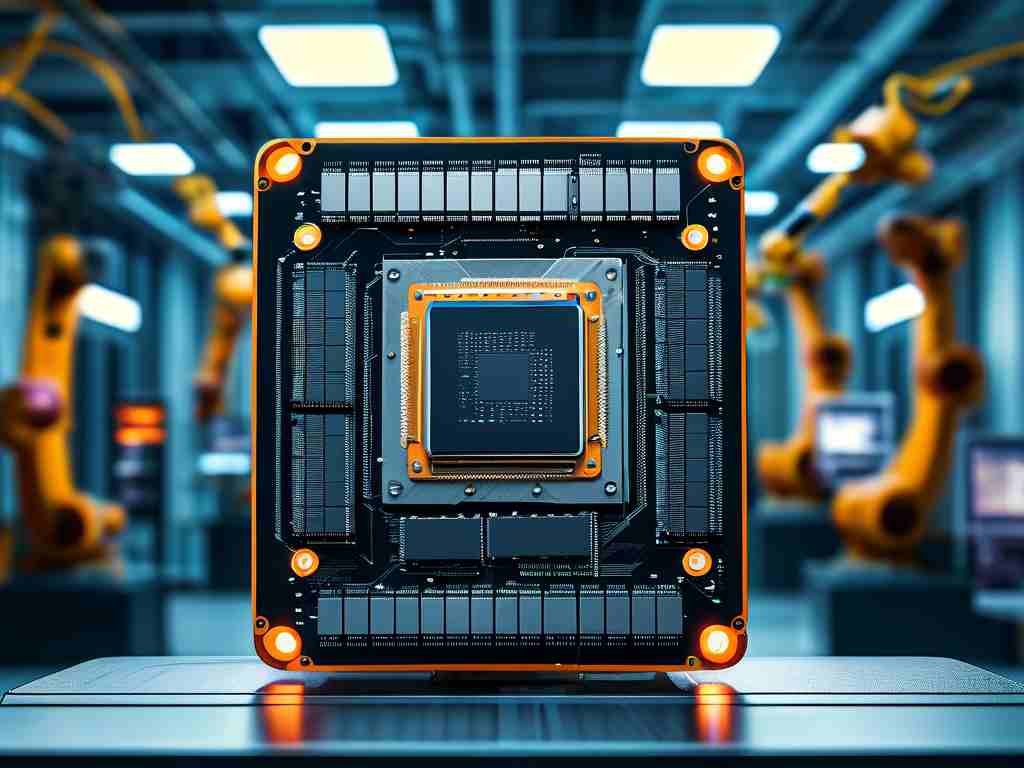The media landscape is undergoing a seismic shift as automation technologies redefine how news is created, distributed, and consumed. Automated deployment systems, powered by artificial intelligence (AI) and machine learning (ML), are transforming traditional journalism workflows, enabling faster, more accurate, and scalable news production. This article explores the implications of automation in newsrooms, its benefits, challenges, and the ethical considerations shaping its future.
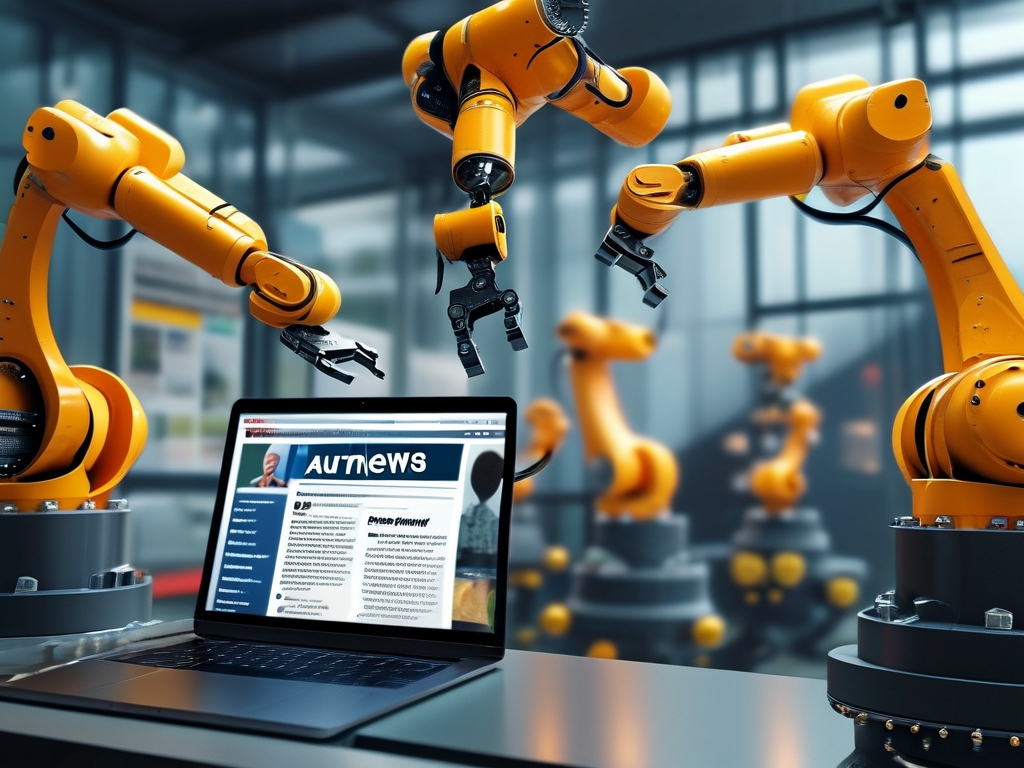
The Mechanics of Automated News Deployment
Automated news deployment refers to the integration of AI-driven tools into editorial processes, from data aggregation to content publishing. Systems like natural language generation (NLG) algorithms analyze structured data-such as financial reports, sports statistics, or election results-and convert them into coherent news articles within seconds. For instance, outlets like the Associated Press and Reuters use automation to generate earnings reports and sports recaps, freeing journalists to focus on investigative or analytical tasks.
Deployment pipelines, often built on DevOps principles, ensure seamless integration between data sources, editing tools, and publishing platforms. Continuous integration/continuous deployment (CI/CD) workflows allow real-time updates, ensuring breaking news reaches audiences instantaneously. Cloud-based infrastructures further enhance scalability, enabling media organizations to handle traffic spikes during major events without compromising performance.
Benefits: Speed, Accuracy, and Cost Efficiency
- Unprecedented Speed: Automation eliminates manual bottlenecks. During the 2020 U.S. elections, automated systems generated thousands of localized election updates per hour, a feat impossible for human teams.
- Enhanced Accuracy: AI tools cross-verify facts against multiple databases, reducing human error. For example, automated fact-checking systems flag discrepancies in real time during live broadcasts.
- Resource Optimization: Newsrooms save costs by automating repetitive tasks. Bloomberg's Cyborg system, which analyzes financial data, has reportedly increased productivity by 30%.
Challenges and Ethical Dilemmas
Despite its advantages, automation raises critical concerns:
- Job Displacement: While AI handles routine tasks, fears persist about shrinking roles for entry-level journalists. However, proponents argue that automation creates opportunities for upskilling, with reporters transitioning to roles in data analysis or narrative storytelling.
- Bias and Accountability: AI models trained on historical data may perpetuate biases. In 2023, an automated system erroneously linked a CEO's name to a scandal due to flawed training data, highlighting the need for rigorous oversight.
- Loss of Human Nuance: Automated systems struggle with context-sensitive reporting, such as covering humanitarian crises or nuanced political debates.
The Future: Hybrid Newsrooms
The future lies in hybrid models where humans and machines collaborate. The Washington Post's Heliograf, for instance, combines AI-generated content with human edits to maintain tone and depth. Emerging technologies like generative AI (e.g., GPT-4) promise to bridge the gap by producing more sophisticated narratives, though ethical guidelines must evolve in tandem.
Regulatory frameworks are also taking shape. The European Union's AI Act mandates transparency in automated content, requiring outlets to disclose AI involvement. Meanwhile, organizations like the Partnership on AI advocate for ethical standards to prevent misinformation.
Automated news deployment is not a replacement for journalism but a tool to amplify its impact. By embracing automation responsibly, media organizations can enhance efficiency, expand coverage, and deliver richer storytelling. As the industry navigates this transformation, the core values of accuracy, fairness, and public trust must remain at the forefront. The newsroom of tomorrow will thrive not by choosing between humans and machines, but by harmonizing their strengths.



